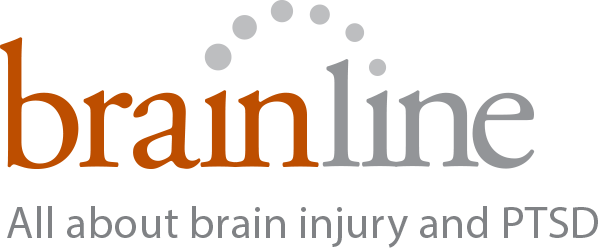Posted on BrainLine May 15, 2013.
Produced by Victoria Tilney McDonough and Erica Queen, BrainLine.
About the author: Kristen Maisano, OTD
Kristen Maisano, OTD is an occupational therapist and the interim director of Rehabilitation Services for the Traumatic Brain Injury Clinic, Fort Belvoir Community Hospital in Virginia. She specializes in evaluating and treating military patients with traumatic brain injuries.

